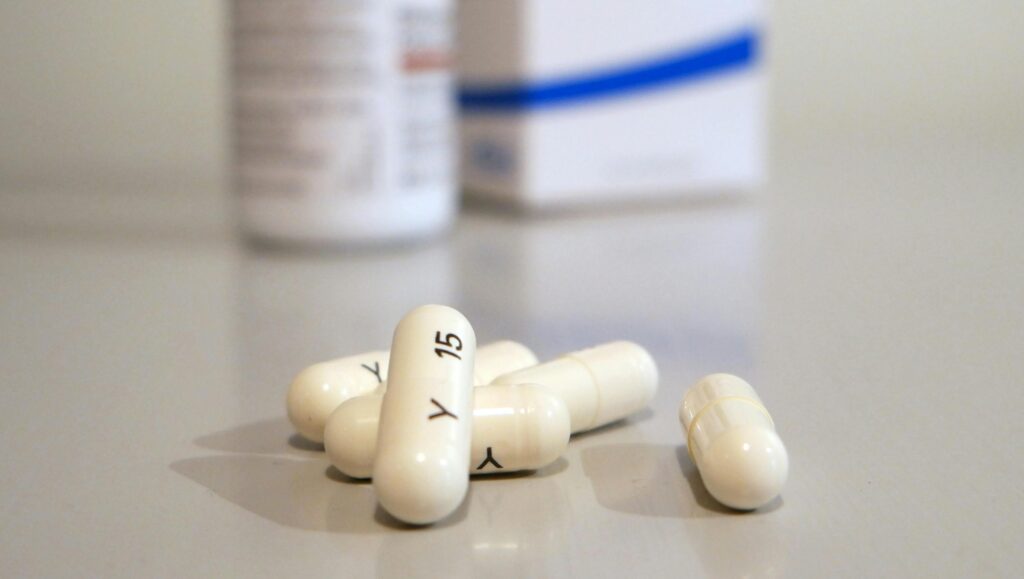
In Oncology
In oncology, dose finding trials started using 3+3 dose escalation/expansion to select the recommended phase 2 dose (RP2D) and determine the maximum tolerated dose (MTD) in the 1990s. The earliest treatments for cancer – cytotoxic chemotherapies – had a steep dose-response curve and limited drug target specificity. Due to the lack of available treatments, patients were willing to accept substantial toxicity to treat serious, life-threatening diseases. New, more modern oncology drugs interact with molecular pathways unique to an oncologic disease or target. Due to target saturation, a dose much lower than MTD can show equivalent efficacy without associated adverse reactions. As a result of this shift, FDA stopped accepting 3+3=RP2D for dose optimization and launched Project Optimus in 2021 to accomplish the following:
- Reform dose optimization and dose selection paradigm in oncology drug development.
- Communicate expectations for dose finding and dose optimization through guidance, workshops, and other public meetings.
- Encourage drug developers to meet with the Oncology Review Divisions early in development, well before conducting registrational trials, to discuss dose finding and dose optimization.
- Develop strategies for dose finding and dose optimization to leverage nonclinical and clinical data by including a randomized range of doses in trials.
- Educate, innovate, and collaborate with companies, academia, professional societies, international regulatory authorities, and patients.
It’s been a hard shift within the oncology space with many companies still expecting FDA to accept the 3+3 formula for optimal dose. Other therapeutic areas have always been required to ensure dose optimization, so let’s look at some general tips.
General Dose Optimization Tips
The process to ensure the optimal dose(s) for registrational trials will largely be guided by the drug and therapeutic space. There is no one-size-fits-all strategy, but there are a few high level concepts that apply across the board:
- After proof of concept, design trials to compare multiple dosages, while collecting and evaluating clinical pharmacokinetic data.
- Evaluate safety and tolerability for duration of exposure, subjects who receive planned doses vs. those who require dose interruptions, reductions, or discontinuations for adverse reactions.
- Evaluate effectiveness using patient reported outcomes (PRO) and pharmacodynamic/biomarker data.
- Use dose-concentration, concentration- and/or dose-response information to identify optimal dose/dose regimen(s).
- Stay in close contact with the FDA Review Division to make sure clinical trials are in line with their expectations and to avoid costly design mistakes.
- Finally, depending on the severity of the indication and other available treatments, FDA may offer flexibility to do additional optimization after approval. However, this should be discussed early with the review division because there is definitely no exemption from dose optimization for expedited pathways.
References:
ICH E6, “Dose-Response Information to Support Drug Registration”
FOCR 2021, “Optimizing Dosing in Oncology Drug Development”
